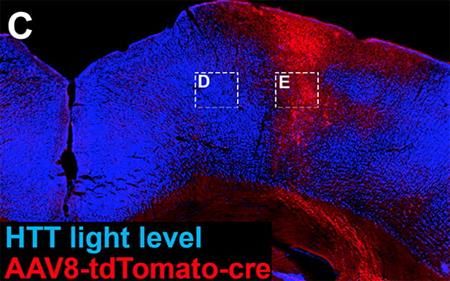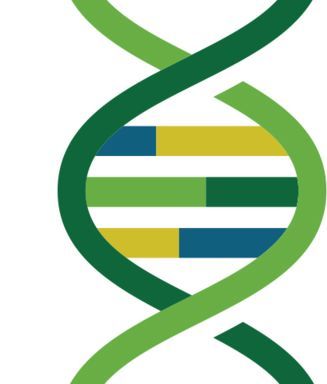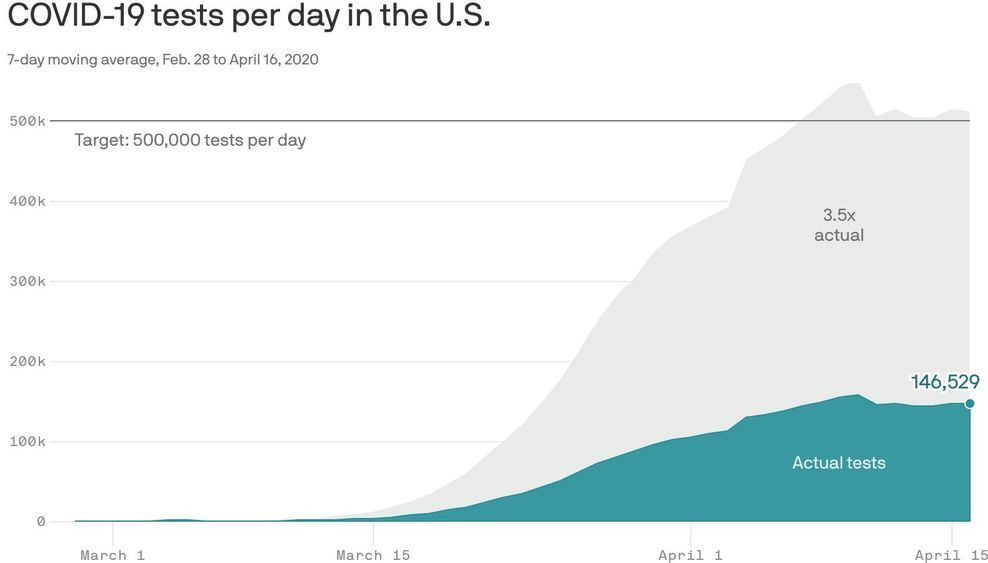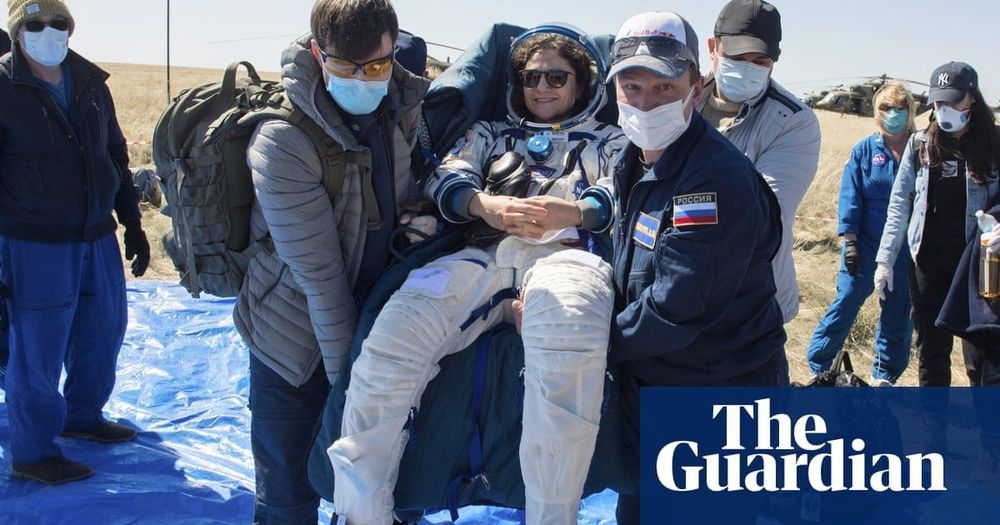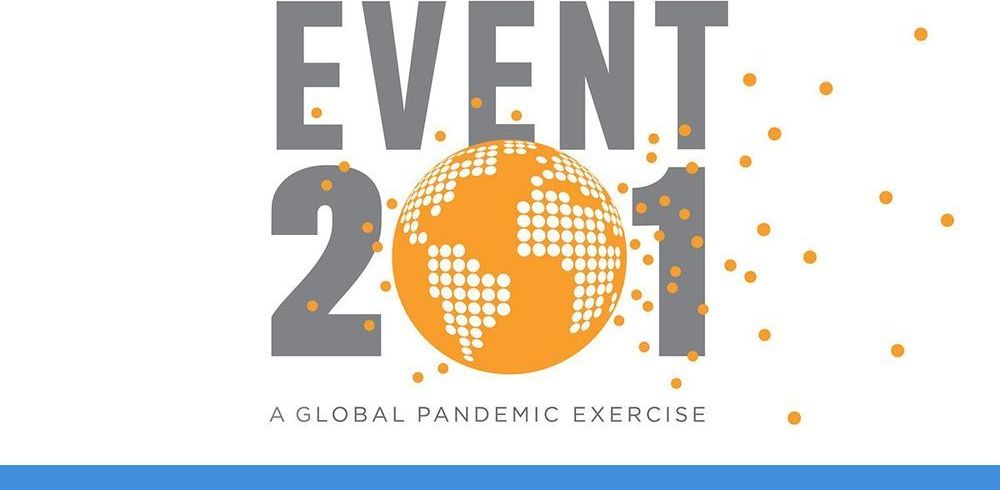“In corticospinal injuries using a mouse model, adult neurons begin a natural regeneration by revertiprocessng back to an embryonic state and that regeneration is sustained by a surprising gene.”
If yoh enjoyed this article or found it informative and you wish to share it you can do so from the following link: https://www.facebook.com/383136302314720/posts/568759497085732/
When adult brain cells are injured, they revert to an embryonic state, according to new findings published in the April 15, 2020 issue of Nature by researchers at University of California San Diego School of Medicine, with colleagues elsewhere. The scientists report that in their newly adopted immature state, the cells become capable of re-growing new connections that, under the right conditions, can help to restore lost function.
Repairing damage to the brain and spinal cord may be medical science’s most daunting challenge. Until relatively recently, it seemed an impossible task. The new study lays out a “transcriptional roadmap of regeneration in the adult brain.”

